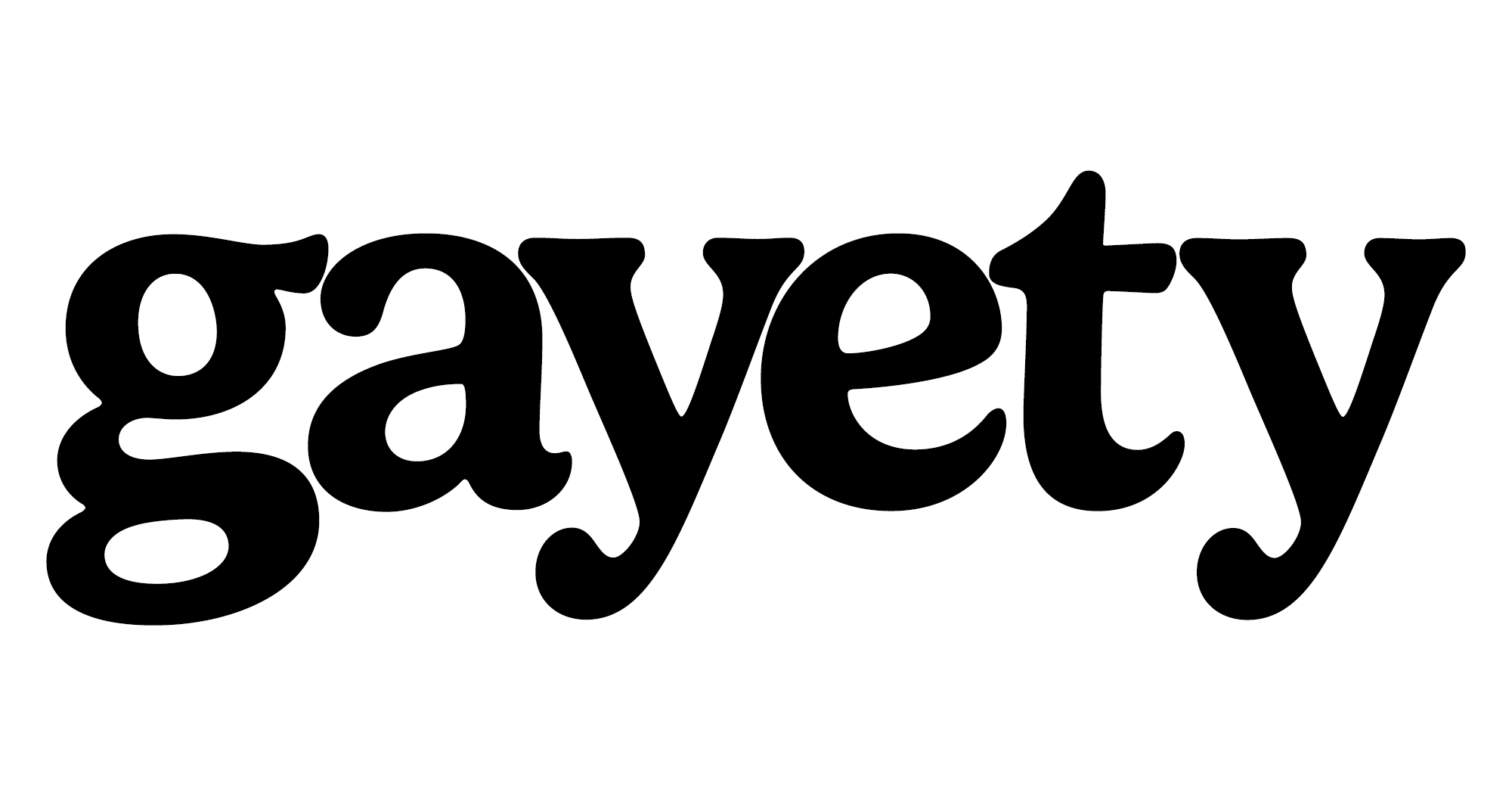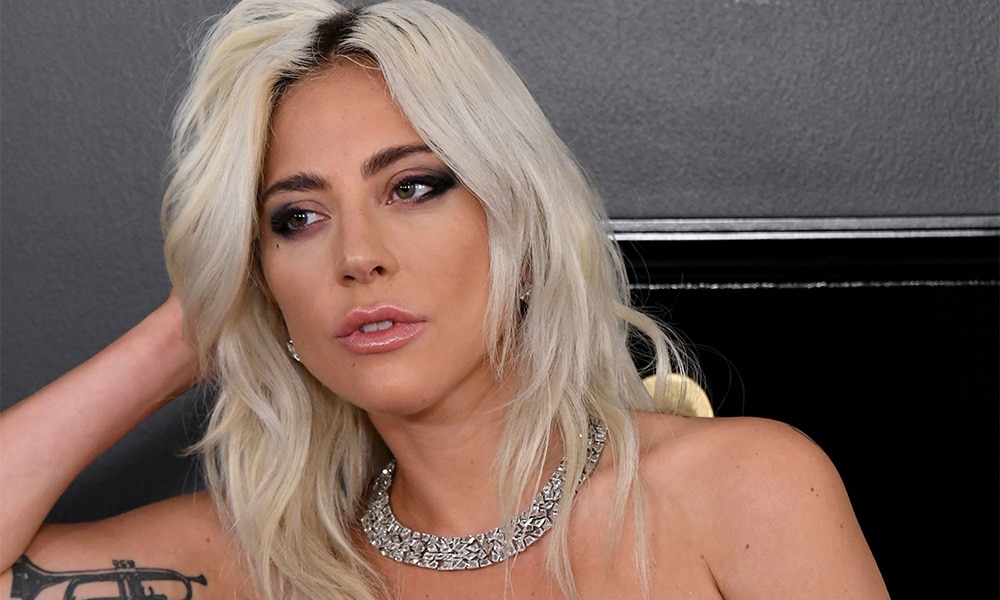UFC fighter Jeff Molina felt forced to come out as bisexual after an intimate video leaked online.
Taylor Swift References Lesbian Magazine ‘The Ladder’ During Eras Tour
Taylor Swift referenced a lesbian magazine publication during one of her elaborate stage setups for her Eras Tour opening weekend.
Photos From ‘Joker: Folie à Deux’ Set Show Lady Gaga’s Unhinged Harley Quinn
Lady Gaga is seen causing a scene on the streets of Gotham City in these behind-the-scene photos of the Joker: Folie à Deux set.
Lukas Gage’s Mom Reacts to His Rimming Scene in ‘The White Lotus’
Lukas Gage talks about his mom’s reaction to his NSFW The White Lotus scene and responds to Diplo’s “not not gay” comments.
Chris Olsen Sparks Romance Rumors with Meghan Trainor’s Brother, Ryan Trainor
Is there a new love connection brewing between Chris Olsen and Ryan Trainor?
UFC Flyweight Jeff Molina Comes Out as Bisexual Following Video Leak
Molina becomes the first openly LGBTQ+ male fighter in the UFC.
Maluma Flaunts His Toned Physique in Skinny-Dipping Photos
The Colombian singer shares a glimpse of his vacation workout results on Instagram.
Taylor Swift’s Eras Tour Setlist … Ready For It?
Experience the Magic of Taylor Swift’s Eras Tour Setlist.
Twitter Interprets Shawn Mendes’ Tattoo as Queer in Bare Tommy Hilfiger Ad
Shawn Mendes shows off his ripped abs and boyish smile in a new sustainable campaign with Tommy Hilfiger. But wait, what does his arm say?
‘Shadow and Bone’ Cast Talk Diversity and Queer Romance in S2
Attention Grishaverse! Season two of Shadow and Bone is here and we have the inside scoop from the cast and creators.












